Shujun Li
University of Kent
Analysing Safety Risks in LLMs Fine-Tuned with Pseudo-Malicious Cyber Security Data
May 15, 2025Abstract:The integration of large language models (LLMs) into cyber security applications presents significant opportunities, such as enhancing threat analysis and malware detection, but can also introduce critical risks and safety concerns, including personal data leakage and automated generation of new malware. We present a systematic evaluation of safety risks in fine-tuned LLMs for cyber security applications. Using the OWASP Top 10 for LLM Applications framework, we assessed seven open-source LLMs: Phi 3 Mini 3.8B, Mistral 7B, Qwen 2.5 7B, Llama 3 8B, Llama 3.1 8B, Gemma 2 9B, and Llama 2 70B. Our evaluation shows that fine-tuning reduces safety resilience across all tested LLMs (e.g., the safety score of Llama 3.1 8B against prompt injection drops from 0.95 to 0.15). We propose and evaluate a safety alignment approach that carefully rewords instruction-response pairs to include explicit safety precautions and ethical considerations. This approach demonstrates that it is possible to maintain or even improve model safety while preserving technical utility, offering a practical path forward for developing safer fine-tuning methodologies. This work offers a systematic evaluation for safety risks in LLMs, enabling safer adoption of generative AI in sensitive domains, and contributing towards the development of secure, trustworthy, and ethically aligned LLMs.
FACTors: A New Dataset for Studying the Fact-checking Ecosystem
May 14, 2025Abstract:Our fight against false information is spearheaded by fact-checkers. They investigate the veracity of claims and document their findings as fact-checking reports. With the rapid increase in the amount of false information circulating online, the use of automation in fact-checking processes aims to strengthen this ecosystem by enhancing scalability. Datasets containing fact-checked claims play a key role in developing such automated solutions. However, to the best of our knowledge, there is no fact-checking dataset at the ecosystem level, covering claims from a sufficiently long period of time and sourced from a wide range of actors reflecting the entire ecosystem that admittedly follows widely-accepted codes and principles of fact-checking. We present a new dataset FACTors, the first to fill this gap by presenting ecosystem-level data on fact-checking. It contains 118,112 claims from 117,993 fact-checking reports in English (co-)authored by 1,953 individuals and published during the period of 1995-2025 by 39 fact-checking organisations that are active signatories of the IFCN (International Fact-Checking Network) and/or EFCSN (European Fact-Checking Standards Network). It contains 7,327 overlapping claims investigated by multiple fact-checking organisations, corresponding to 2,977 unique claims. It allows to conduct new ecosystem-level studies of the fact-checkers (organisations and individuals). To demonstrate the usefulness of FACTors, we present three example applications, including a first-of-its-kind statistical analysis of the fact-checking ecosystem, examining the political inclinations of the fact-checking organisations, and attempting to assign a credibility score to each organisation based on the findings of the statistical analysis and political leanings. Our methods for constructing FACTors are generic and can be used to maintain a live dataset that can be updated dynamically.
Using LLMs for Automated Privacy Policy Analysis: Prompt Engineering, Fine-Tuning and Explainability
Mar 16, 2025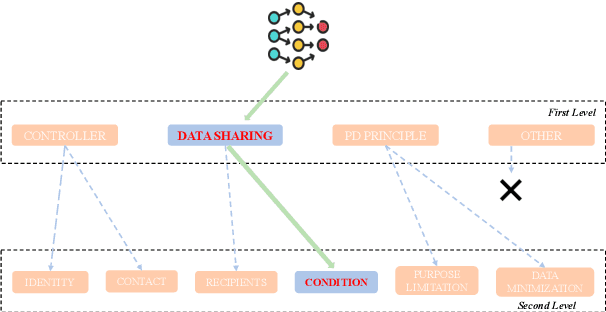
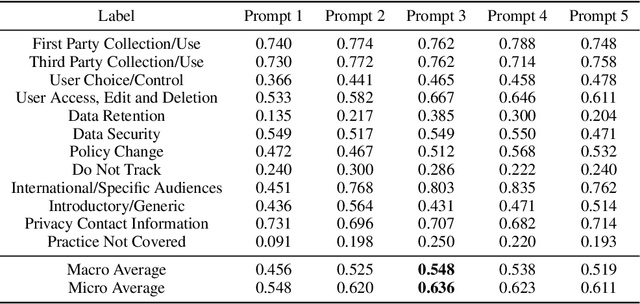
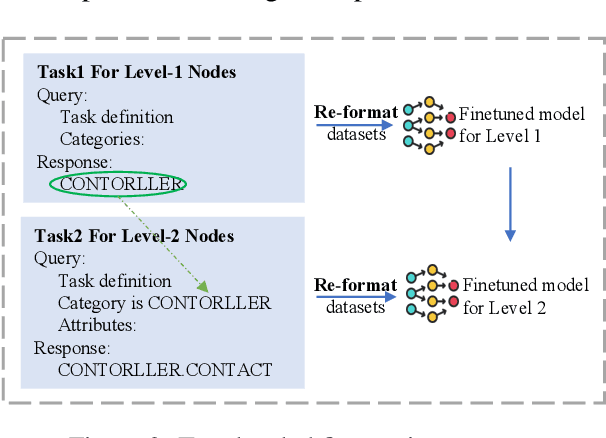
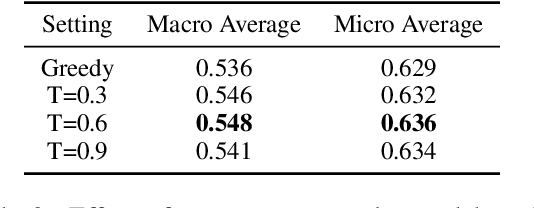
Abstract:Privacy policies are widely used by digital services and often required for legal purposes. Many machine learning based classifiers have been developed to automate detection of different concepts in a given privacy policy, which can help facilitate other automated tasks such as producing a more reader-friendly summary and detecting legal compliance issues. Despite the successful applications of large language models (LLMs) to many NLP tasks in various domains, there is very little work studying the use of LLMs for automated privacy policy analysis, therefore, if and how LLMs can help automate privacy policy analysis remains under-explored. To fill this research gap, we conducted a comprehensive evaluation of LLM-based privacy policy concept classifiers, employing both prompt engineering and LoRA (low-rank adaptation) fine-tuning, on four state-of-the-art (SOTA) privacy policy corpora and taxonomies. Our experimental results demonstrated that combining prompt engineering and fine-tuning can make LLM-based classifiers outperform other SOTA methods, \emph{significantly} and \emph{consistently} across privacy policy corpora/taxonomies and concepts. Furthermore, we evaluated the explainability of the LLM-based classifiers using three metrics: completeness, logicality, and comprehensibility. For all three metrics, a score exceeding 91.1\% was observed in our evaluation, indicating that LLMs are not only useful to improve the classification performance, but also to enhance the explainability of detection results.
CyberLLMInstruct: A New Dataset for Analysing Safety of Fine-Tuned LLMs Using Cyber Security Data
Mar 12, 2025Abstract:The integration of large language models (LLMs) into cyber security applications presents significant opportunities, such as enhancing threat analysis and malware detection, but can also introduce critical risks and safety concerns, including personal data leakage and automated generation of new malware. To address these challenges, we developed CyberLLMInstruct, a dataset of 54,928 instruction-response pairs spanning cyber security tasks such as malware analysis, phishing simulations, and zero-day vulnerabilities. The dataset was constructed through a multi-stage process. This involved sourcing data from multiple resources, filtering and structuring it into instruction-response pairs, and aligning it with real-world scenarios to enhance its applicability. Seven open-source LLMs were chosen to test the usefulness of CyberLLMInstruct: Phi 3 Mini 3.8B, Mistral 7B, Qwen 2.5 7B, Llama 3 8B, Llama 3.1 8B, Gemma 2 9B, and Llama 2 70B. In our primary example, we rigorously assess the safety of fine-tuned models using the OWASP top 10 framework, finding that fine-tuning reduces safety resilience across all tested LLMs and every adversarial attack (e.g., the security score of Llama 3.1 8B against prompt injection drops from 0.95 to 0.15). In our second example, we show that these same fine-tuned models can also achieve up to 92.50 percent accuracy on the CyberMetric benchmark. These findings highlight a trade-off between performance and safety, showing the importance of adversarial testing and further research into fine-tuning methodologies that can mitigate safety risks while still improving performance across diverse datasets and domains. All scripts required to reproduce the dataset, along with examples and relevant resources for replicating our results, will be made available upon the paper's acceptance.
Adaptive Backdoor Attacks with Reasonable Constraints on Graph Neural Networks
Mar 12, 2025



Abstract:Recent studies show that graph neural networks (GNNs) are vulnerable to backdoor attacks. Existing backdoor attacks against GNNs use fixed-pattern triggers and lack reasonable trigger constraints, overlooking individual graph characteristics and rendering insufficient evasiveness. To tackle the above issues, we propose ABARC, the first Adaptive Backdoor Attack with Reasonable Constraints, applying to both graph-level and node-level tasks in GNNs. For graph-level tasks, we propose a subgraph backdoor attack independent of the graph's topology. It dynamically selects trigger nodes for each target graph and modifies node features with constraints based on graph similarity, feature range, and feature type. For node-level tasks, our attack begins with an analysis of node features, followed by selecting and modifying trigger features, which are then constrained by node similarity, feature range, and feature type. Furthermore, an adaptive edge-pruning mechanism is designed to reduce the impact of neighbors on target nodes, ensuring a high attack success rate (ASR). Experimental results show that even with reasonable constraints for attack evasiveness, our attack achieves a high ASR while incurring a marginal clean accuracy drop (CAD). When combined with the state-of-the-art defense randomized smoothing (RS) method, our attack maintains an ASR over 94%, surpassing existing attacks by more than 7%.
"I know myself better, but not really greatly": Using LLMs to Detect and Explain LLM-Generated Texts
Feb 18, 2025Abstract:Large language models (LLMs) have demonstrated impressive capabilities in generating human-like texts, but the potential misuse of such LLM-generated texts raises the need to distinguish between human-generated and LLM-generated content. This paper explores the detection and explanation capabilities of LLM-based detectors of LLM-generated texts, in the context of a binary classification task (human-generated texts vs LLM-generated texts) and a ternary classification task (human-generated texts, LLM-generated texts, and undecided). By evaluating on six close/open-source LLMs with different sizes, our findings reveal that while self-detection consistently outperforms cross-detection, i.e., LLMs can detect texts generated by themselves more accurately than those generated by other LLMs, the performance of self-detection is still far from ideal, indicating that further improvements are needed. We also show that extending the binary to the ternary classification task with a new class "Undecided" can enhance both detection accuracy and explanation quality, with improvements being statistically significant and consistent across all LLMs. We finally conducted comprehensive qualitative and quantitative analyses on the explanation errors, which are categorized into three types: reliance on inaccurate features (the most frequent error), hallucinations, and incorrect reasoning. These findings with our human-annotated dataset emphasize the need for further research into improving both self-detection and self-explanation, particularly to address overfitting issues that may hinder generalization.
Local Differential Privacy is Not Enough: A Sample Reconstruction Attack against Federated Learning with Local Differential Privacy
Feb 12, 2025
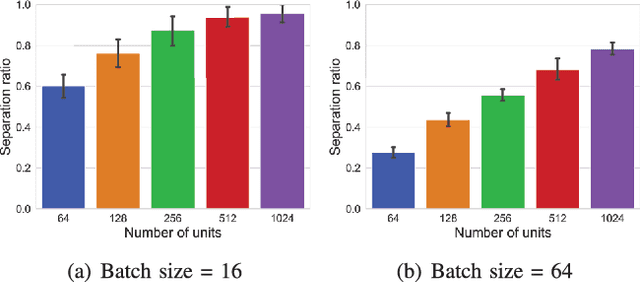
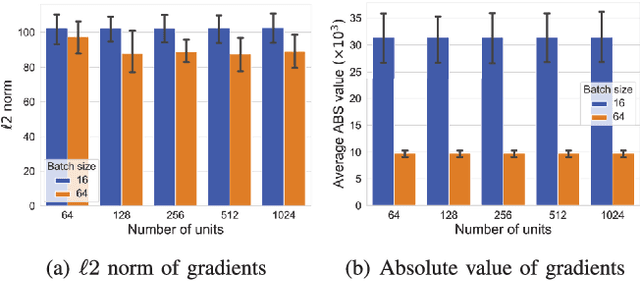
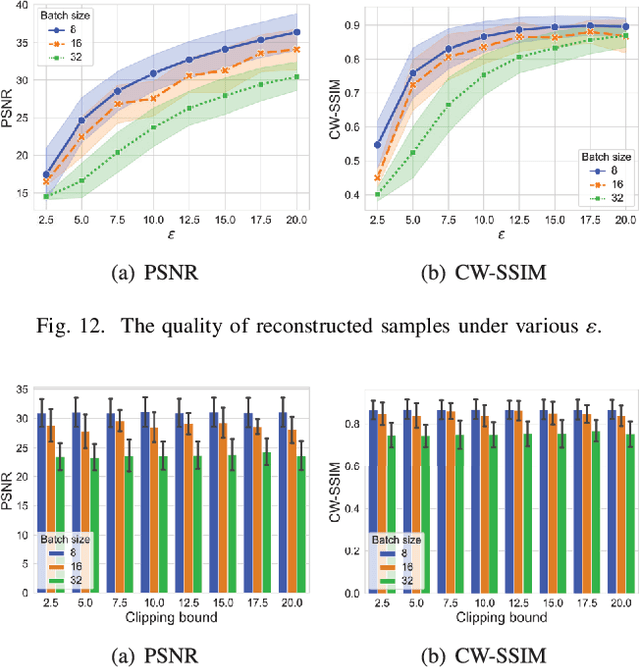
Abstract:Reconstruction attacks against federated learning (FL) aim to reconstruct users' samples through users' uploaded gradients. Local differential privacy (LDP) is regarded as an effective defense against various attacks, including sample reconstruction in FL, where gradients are clipped and perturbed. Existing attacks are ineffective in FL with LDP since clipped and perturbed gradients obliterate most sample information for reconstruction. Besides, existing attacks embed additional sample information into gradients to improve the attack effect and cause gradient expansion, leading to a more severe gradient clipping in FL with LDP. In this paper, we propose a sample reconstruction attack against LDP-based FL with any target models to reconstruct victims' sensitive samples to illustrate that FL with LDP is not flawless. Considering gradient expansion in reconstruction attacks and noise in LDP, the core of the proposed attack is gradient compression and reconstructed sample denoising. For gradient compression, an inference structure based on sample characteristics is presented to reduce redundant gradients against LDP. For reconstructed sample denoising, we artificially introduce zero gradients to observe noise distribution and scale confidence interval to filter the noise. Theoretical proof guarantees the effectiveness of the proposed attack. Evaluations show that the proposed attack is the only attack that reconstructs victims' training samples in LDP-based FL and has little impact on the target model's accuracy. We conclude that LDP-based FL needs further improvements to defend against sample reconstruction attacks effectively.
Band Prompting Aided SAR and Multi-Spectral Data Fusion Framework for Local Climate Zone Classification
Dec 24, 2024



Abstract:Local climate zone (LCZ) classification is of great value for understanding the complex interactions between urban development and local climate. Recent studies have increasingly focused on the fusion of synthetic aperture radar (SAR) and multi-spectral data to improve LCZ classification performance. However, it remains challenging due to the distinct physical properties of these two types of data and the absence of effective fusion guidance. In this paper, a novel band prompting aided data fusion framework is proposed for LCZ classification, namely BP-LCZ, which utilizes textual prompts associated with band groups to guide the model in learning the physical attributes of different bands and semantics of various categories inherent in SAR and multi-spectral data to augment the fused feature, thus enhancing LCZ classification performance. Specifically, a band group prompting (BGP) strategy is introduced to align the visual representation effectively at the level of band groups, which also facilitates a more adequate extraction of semantic information of different bands with textual information. In addition, a multivariate supervised matrix (MSM) based training strategy is proposed to alleviate the problem of positive and negative sample confusion by completing the supervised information. The experimental results demonstrate the effectiveness and superiority of the proposed data fusion framework.
PassTSL: Modeling Human-Created Passwords through Two-Stage Learning
Jul 19, 2024Abstract:Textual passwords are still the most widely used user authentication mechanism. Due to the close connections between textual passwords and natural languages, advanced technologies in natural language processing (NLP) and machine learning (ML) could be used to model passwords for different purposes such as studying human password-creation behaviors and developing more advanced password cracking methods for informing better defence mechanisms. In this paper, we propose PassTSL (modeling human-created Passwords through Two-Stage Learning), inspired by the popular pretraining-finetuning framework in NLP and deep learning (DL). We report how different pretraining settings affected PassTSL and proved its effectiveness by applying it to six large leaked password databases. Experimental results showed that it outperforms five state-of-the-art (SOTA) password cracking methods on password guessing by a significant margin ranging from 4.11% to 64.69% at the maximum point. Based on PassTSL, we also implemented a password strength meter (PSM), and our experiments showed that it was able to estimate password strength more accurately, causing fewer unsafe errors (overestimating the password strength) than two other SOTA PSMs when they produce the same rate of safe errors (underestimating the password strength): a neural-network based method and zxcvbn. Furthermore, we explored multiple finetuning settings, and our evaluations showed that, even a small amount of additional training data, e.g., only 0.1% of the pretrained data, can lead to over 3% improvement in password guessing on average. We also proposed a heuristic approach to selecting finetuning passwords based on JS (Jensen-Shannon) divergence and experimental results validated its usefulness. In summary, our contributions demonstrate the potential and feasibility of applying advanced NLP and ML methods to password modeling and cracking.
Detecting Machine-Generated Texts: Not Just "AI vs Humans" and Explainability is Complicated
Jun 26, 2024



Abstract:As LLMs rapidly advance, increasing concerns arise regarding risks about actual authorship of texts we see online and in real world. The task of distinguishing LLM-authored texts is complicated by the nuanced and overlapping behaviors of both machines and humans. In this paper, we challenge the current practice of considering LLM-generated text detection a binary classification task of differentiating human from AI. Instead, we introduce a novel ternary text classification scheme, adding an "undecided" category for texts that could be attributed to either source, and we show that this new category is crucial to understand how to make the detection result more explainable to lay users. This research shifts the paradigm from merely classifying to explaining machine-generated texts, emphasizing need for detectors to provide clear and understandable explanations to users. Our study involves creating four new datasets comprised of texts from various LLMs and human authors. Based on new datasets, we performed binary classification tests to ascertain the most effective SOTA detection methods and identified SOTA LLMs capable of producing harder-to-detect texts. We constructed a new dataset of texts generated by two top-performing LLMs and human authors, and asked three human annotators to produce ternary labels with explanation notes. This dataset was used to investigate how three top-performing SOTA detectors behave in new ternary classification context. Our results highlight why "undecided" category is much needed from the viewpoint of explainability. Additionally, we conducted an analysis of explainability of the three best-performing detectors and the explanation notes of the human annotators, revealing insights about the complexity of explainable detection of machine-generated texts. Finally, we propose guidelines for developing future detection systems with improved explanatory power.
 Add to Chrome
Add to Chrome Add to Firefox
Add to Firefox Add to Edge
Add to Edge